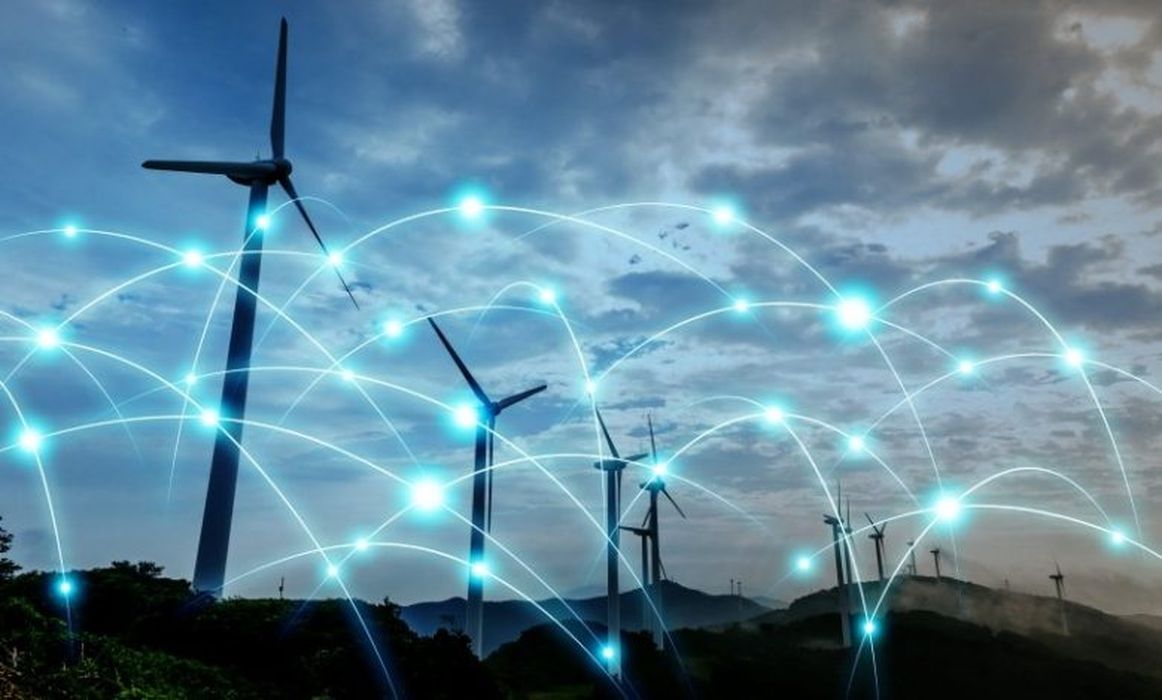
For the development of materials and manufacturing to lower the costs of large wind turbines.
The US Department of Energy (DOE) has announced a US$30M funding opportunity to advance the cost-effective domestic manufacturing of materials, including lightweight composites, that allow wind turbines to produce power more efficiently.
Wind energy is the largest source of renewable power in the United States, one of the most affordable sources of energy available today, and is a critical tool for reducing US reliance on fossil energy. Next-generation technologies and manufacturing improvements are essential for bringing down costs even more.
The improved materials and manufacturing processes envisioned under this funding opportunity have the potential to reduce wind energy costs and expand the deployment of the nation’s wind energy portfolio in support of President Biden’s goals to reach 100% clean electricity by 2035, and a net-zero-emissions economy by 2050.
“The wind sector has proven to be a reliable source of clean power for homes and businesses in a variety of geographic areas,” said Jennifer M. Granholm, US Secretary of Energy. “Investing in next-generation materials that will lower the financial barriers to widespread deployment supports President Biden’s domestic manufacturing and clean energy goals.”
Lightweight composite materials reduce emissions in a variety of ways, including by enabling more efficient wind power generation and lightening the weight of vehicles – making them more fuel efficient. Led by the Office of Energy Efficiency and Renewable Energy (EERE)’s Advanced Materials and Manufacturing Technologies Office (AMMTO), this funding opportunity seeks to improve the manufacturability and performance of composite materials associated with wind energy technologies.
Specifically, this opportunity seeks to streamline the additive manufacturing processes for rapid prototyping, tooling, fabrication, and testing of large wind blades. It also seeks to apply additive manufacturing with polymers, metals, ceramics, or composite systems to non-blade wind turbine components like those comprising drivetrains or floating offshore wind platforms.
Applicants for this funding opportunity are required to submit projects that focus on either Large Wind Blade Additive Manufacturing that builds on existing polymer-based additive manufacturing research that supports and advances more cost-effective large wind turbine blades; Additive Manufacturing of Non-Blade Wind Turbine Components that can be improved through additive manufacturing and associated design and process integration; or Large Wind Blades: Advancing Manufacturing, Materials, and Sustainability to address the remaining challenges to wind turbine manufacturing and build on previous work within the areas of automation, digitalization, wind blade sustainability, and modular blade construction and joining.
Read the rest of this story at 3DPMN
